Queen Victoria (1819 – 1901), empress of the world’s largest empire, is perhaps one of history’s most iconic monarchs. Her reign lasted for more than 60 years, and her name also symbolizes an entire era of British history.
Similarly, Victoria has also been nicknamed the Grandmother of Europe for bearing 9 children and 42 grandchildren.
Queen Victoria’s children’s vine, along with many generations from her grandchildren to her great-great-grandchildren, has ruled many European nations as part of the monarchy.
Her descendants are present in Russia, Germany, Greece, Romania, Norway, Sweden, and Spain. Not to mention, Queen Victoria was also the first sovereign to rule from Buckingham Palace.
Likewise, Victoria’s legacy affected both military and political history, with two of her descendants playing a role in WWI. She was also the Hemophilia’s royal carrier – a condition now linked with Europe’s royal bloodlines.
However, what became of Queen Victoria’s children? Here is what happened to the nine royal heirs of Queen Victoria and Prince Albert.
How old was Queen Victoria when she died?
Content
Queen Victoria died aged 81 on January 22, 1901, at 6.30 pm at the Osbourne House on the Isle of Wight.
Is Queen Victoria related to Queen Elizabeth?
Queen Elizabeth is related to Queen Victoria through her father’s side.
How tall was Queen Victoria when she died?
Queen Victoria was barely five feet tall at the time of her passing. She was petite.
1. Princess Victoria Adelaide Mary Louisa (1840 – 1901)
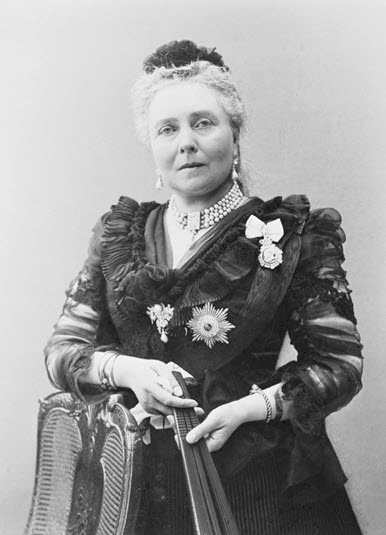
Princess Victoria, born on November 21, 1840, at Buckingham Palace, was the first child among Queen Victoria’s children. She was made Princess Royal on January 19, 1841, garnering the title as the eldest daughter of the sovereign. She was lovingly known as “Vicky” to her family.
Princess Victoria and Friedrich Wilhelm of Prussia ( Emperor of Germany ) got married in 1858. They together had a son, Kaiser Wilhelm, the future German emperor of WWI notoriety.
Princess Victoria was well-educated and multilingual, a consequence of her parents who believed in educating their children to the fullest since childhood. She spent her younger days primarily at Windsor and Buckingham Palace and remained intensely devoted to England all her life, even after her marriage to Frederick William.
Her life at the Prussian court was relatively rigid, but she encouraged philanthropic causes and the arts despite the constraints. Her husband, however, developed throat cancer and died only 99 days after becoming emperor in 1888. She died of cancer, outliving her mother, Queen Victoria, by only six months.
2. Prince Albert Edward Wettin (1841 – 1910)
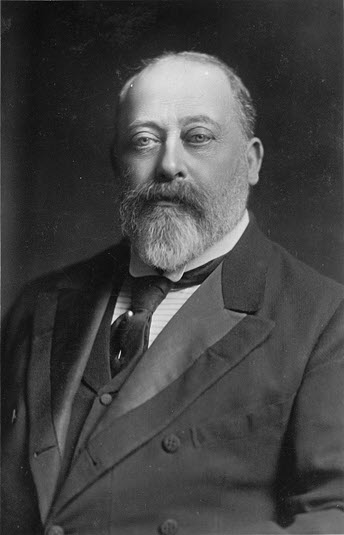
Prince Albert, the second of Queen Victoria’s children, followed the reign of his mother and ruled as King Edward VII from 1901. Much like his elder sister, his family nicknamed him “Bertie.”
Through familial bloodlines, Edward was related to royalty throughout Europe. Furthermore, Queen Victoria’s reign lasted decades. Edward was Prince of Wales and heir apparent to the British throne for almost 60 years.
For the most part, Prince Edward personified the decadent lifestyle of the fashionable, leisured elite of the time. He also represented Britain while visiting abroad and traveled throughout the empire, performing ceremonial public duties.
After ascending the British throne, King Edward played a significant role in the modernization of the British Home Fleet.
He was also responsible for reorganizing the British Army after the Second Boer War (1899–1902). Moreover, King Edward re-instituted traditional ceremonies as public displays, broadening the pool of people with whom royalty socialized.
Moreover, King Edward was also popularly called the “Peacemaker” as he fostered good relations between Britain and other European countries, especially France.
The Edwardian era, which enclosed Edward’s reign, was named after him. The French coined the term during a new century, which coincided with France’s Belle Epoque era.
This period heralded significant changes in society and technology, including the creation of steam turbine propulsion and the steady swell of socialism. He died in 1910.
3. Princess Alice Maud Mary (1843 – 1878)
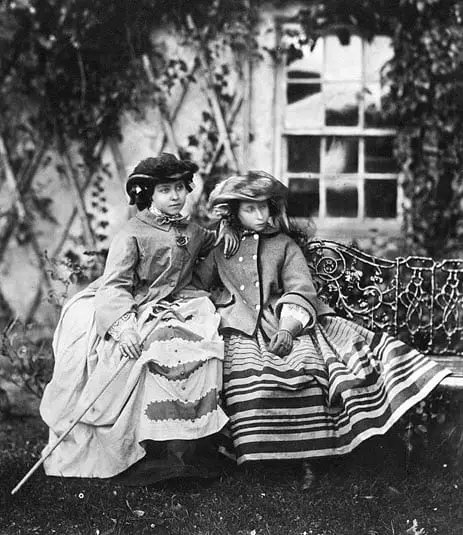
The second daughter, Princess Alice, was the first of Queen Victoria’s nine children to die. She was one of three children who Queen Victoria outlived.
Princess Alice spent her early childhood years in the acquaintance of her parents and siblings. She also traveled with them between the British royal residences of Winsdor and Buckingham.
Baron Stocker, her father’s close adviser and friend, devised her education, which included practical pastimes like needlework and woodwork and the French and German languages.
Princess Alice nursed her father, Prince Albert when he became fatally ill in December 1861 until his death.
Queen Victoria engulfed herself in intense mourning following the death of her husband, and Princess Alice spent the next six months as her mother’s unofficial secretary.
She married the minor German Prince- Louis of Hesse on July 1, 1862, while the court was still at the height of mourning.
Alexander, their daughter, was married to Nicholas II – the final Tzar of Russia. They were Russia’s famous and unfortunate Romanov family.
4. Prince Alfred Ernest Albert (1844 – 1900)
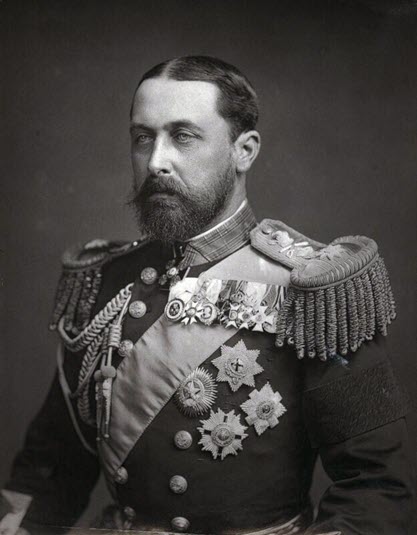
Nicknamed “Affie” by his family, Prince Albert was the second son and fourth child of Queen Victoria. He succeeded his paternal uncle as the reigning Duke in 1866 and was thus known as the Duke of Edinburgh.
In 1856, when he was 12 years old, Prince Alfred entered the Royal Navy per his wishes. The Naval Forces assigned him a separate establishment with Lieutenant J.C. Cowell, RE, governor.
He passed the special entrance examination in the Force in 1858 and became a naval cadet in HMS Euryalus at the age of 14.
On January 23, 1874, he married Russia’s Grand Duchess, Maria Alexandrovna, at the Winter Palace in St Petersburg, Russia.
A small English bakery also made the now popular Marie biscuit to commemorate the occasion, with the Duchess’ name embedded on its top.
Prince Albert’s descendants were later part of Romania’s Royal family. The Saxe-Coburg’s Duke died from throat cancer on July 30, 1900. Queen Victoria survived him, only to die six months later.
5. Princess Helena Augusta Victoria (1846 – 1923)
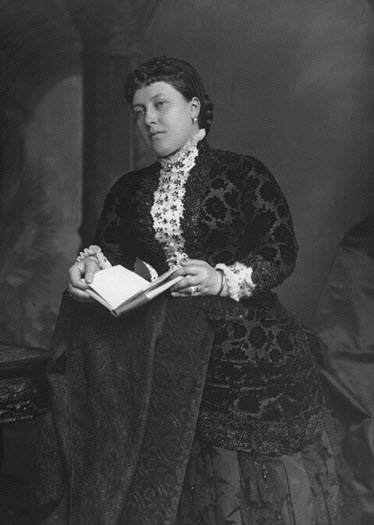
Princess Helena, the fifth of Queen Victoria’s children, was perhaps the most active royal family member. Like her older sister, she too spent much of her younger days with family, traveling between British royal residences.
During her time in the British royal court, she carried out extensive programs for royal engagements. Also an active patron of charities, Princess Helena was one of the founding members of the British Red Cross.
She founded the Royal School of Needlework, was its president, and was also the head of the Workhouse Nursing Association. Her legacy lives on through her devotion to nursing. She represented many organizations and often took the lead in such charitable causes.
Similarly, she was also an active campaigner for her causes. Leveraging her royal status, she wrote letters to newspapers and magazines promoting the interest in nurse registration and increasing society’s interest in organizations such as the Royal British Nurses Association. The RBNA still survives today.
She died at Schomberg House on June 9, 1923, at 77.
6. Princess Louise Caroline Alberta (1843 – 1939)
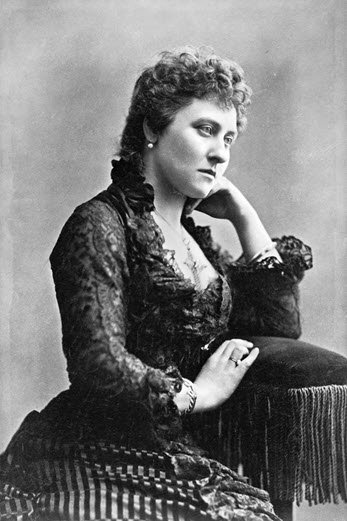
Princess Louise, the sixth youngling and fourth daughter of Queen Victoria and Prince Albert, was a strong proponent of higher education and arts. Along with being an artist and an able sculptor, she was also a firm supporter of the feminist cause.
Princess Louise and a commoner, John Douglas Sutherland Campbell, got married in 1871 with Victoria’s approval. The citizens of Britain also supported their decision, which was considered crucial as Royal marrying commoner was an uncommon sight during this time.
Two of the popular places, Lake Louise and Alberta province, are named after her.
Following Queen Victoria’s death in 1901, Princess Louise mingled within the social circles established by her elder brother, King Edward VII.
Her husband’s death in 1914 devastated her, and after the First World War, she retired from public life and undertook only a few general duties outside Kensington Palace. She died at the age of 91.
7. Prince Arthur William Patrick (1850 – 1942)

Prince Arthur, Duke of Connaught and Strathearn, was the seventh child and third son of Queen Victoria. He was reportedly Victoria’s favorite and her last surviving son.
Prince Arthur served as the Governor-General of Canada. He was the tenth person and the only British Prince to do so since the Canadian Confederation. He was also appointed Grand Prior of the Order of St John in 1910, a position he held until 1939.
Since Prince Albert was a member of the royal family and a ruler, he held several titles during his life. He also received many domestic and foreign honors and was an active military member.
He was a Field Marshal and served as the personal aide-de-camp to four successive sovereigns.
He married Prussia’s princess, Louise Margaret, and had three children with her. On January 16, 1942, he died at Bagshot Park at 91 years, the same age as his elder sister, Princess Louise. His funeral service occurred at St George’s Chapel in Windsor Castle.
8. Prince Leopold George Duncan (1853 – 1884)
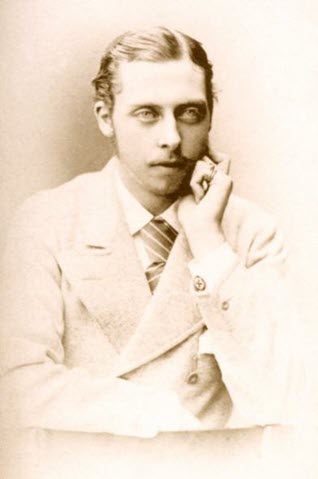
Prince Leopold was the youngest son of Queen Victoria. He was named after his uncle, King Leopold I of Belgium.
He had hemophilia inherited from his mother, leading to his untimely death at 30. Even as a child, the prince was delicate and suffered mildly from epilepsy.
Prince Leopold was an active Freemason, and his older brother- King Edward, initiated him into the Apollo University Lodge at Oxford.
Despite his delicate health, the prince was intellectually gifted and presented excellent artistic and literary capabilities.
Likewise, despite his inability to pursue an active role in the military, he held an honorary association with the 72nd Regiment. He also served as the first Colonel-in-Chief of the Seaforth Highlanders from 1881.
Prince Leopold and Waldeck’s Princess Helena Frederica got married in 1882. Unfortunately, he died in 1884, two years after his marriage.
9. Princess Beatrice Mary Victoria (1857 – 1944)

The fifth daughter and the youngest of Queen Victoria’s children, Princess Beatrice’s childhood coincided with her mother’s grief following the death of her husband.
As the youngest daughter, Beatrice was the biggest confidant of Queen Victoria, as her elder sisters had married and left their mother. Due to this, the Queen came to rely on the company of Princess Beatrice, whom she called “Baby” for most of her childhood.
Princess Beatrice was the most demure and shyest of Queen Victoria’s children. However, she was the most well-known as she accompanied her mother almost wherever she went.
Despite her bashful nature, she was a skilled actress and dancer and a great artist and photographer.
Beatrice and Battenberg’s Prince Henry got married in 1885 and had four children, passing the hemophiliac gene onto one of her daughters, Victoria. Then, it vined into the Royal family of Spain through her. She died at Brantridge Park at the home of her niece, Princess Alice.
Conclusion
After Queen Elizabeth II, Queen Victoria is the second-longest reigning British monarch in history.
Her reign manifested many significant cultural expansions, from industry, science, and communications advances to building railways and the London Underground.
